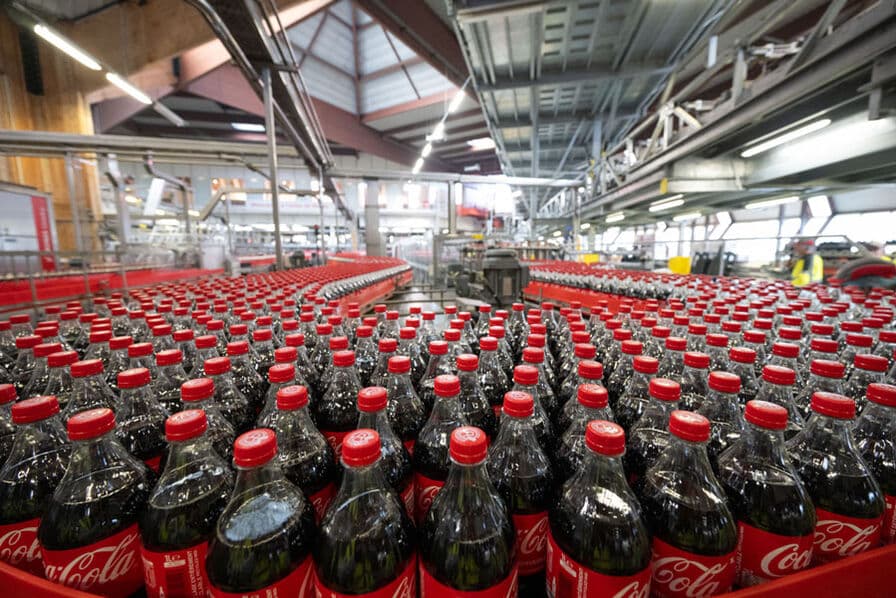In a move that had initially captivated the beverage industry, Coca-Cola had promised an ambitious transformation: to sell 25% of its products in reusable packaging by 2030. But today, the soda giant seems to be slowing its aspirations. While the commitment to a circular economy appeared promising, the recent adjustments to the company’s goals reveal a more pragmatic reality. The massive use of virgin plastic, combined with a reduction in recycling ambitions, puts the company in a position facing an environmental dilemma, calling into question the sustainability of its packaging strategy.
Two years after announcing its ambitions regarding reusable packaging, Coca-Cola has reversed its environmental commitments. The company had promised that 25% of its beverages would be sold in reusable containers by 2030, but this ambitious project has now been abandoned. The company is now turning to recycling, despite a downward revision of its goals in this area. This shift comes amid growing pressure to reduce the use of virgin plastics and lessen the ecological footprint. Coca-Cola, once a leader in the industry, seems to be distancing itself from its previous promises in favor of a circular economy model.

coca-cola facing its reusable packaging challenges
When Coca-Cola made the ambitious commitment to reduce the use of virgin plastic and increase the portion of their beverages served in reusable containers, many saw it as a significant step towards solving the plastic waste crisis. Yet, two years later, the company has quietly shelved these goals. Today, the company’s strategy primarily relies on cleaning up existing plastic waste and recycling. However, the new recycling targets appear weaker than before. For many observers and experts, this marks a troubling turning point for the commitment to sustainable development. recyclage#:~:text=100%%20de%20plastique%20recycl%C3%A9%20pour,Cola%20Light,%20Sprite%20et%20Franta”>Discover Coca-Cola’s recycling initiatives.
the impact of regression on the brand and the planet
Coca-Cola remains one of the world’s largest plastic polluters. According to audits conducted on beaches, its brand frequently appears among the found waste. This image severely damages its global reputation. Although promising initiatives have been launched, particularly in South America with a system of refillable bottles, it seems that the gap between stated ambition and the reality of implementation has created a crisis of trust. Consumer and investor expectations place renewed pressure on the company to find sustainable and tangible solutions. Read more about eco-friendly bottle initiatives.
the shift towards a sustainable future
For Coca-Cola, the abandonment of certain environmental commitments comes with an increasing risk of lawsuits and stricter regulations. The recent lawsuit in Los Angeles demonstrates a growing awareness among local authorities who are now seeking to hold companies accountable for their environmental footprint. Immediate solutions like limiting the production of virgin plastic could prove more efficient while accelerating the transition to greener packaging models. Thus, the idea of a circular economy, where each product finds a second life, emerges as a favorable alternative for many companies. Learn more about the circular economy.
Articles similaires
Thank you!
We will contact you soon.














